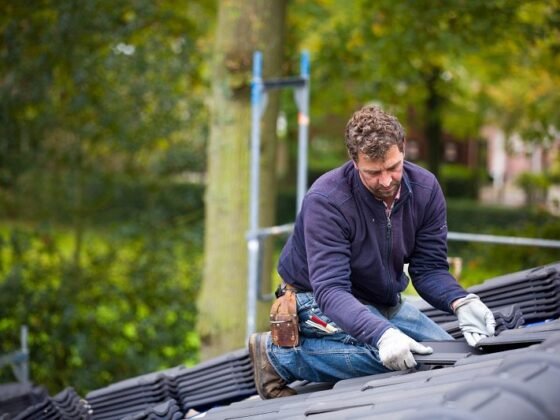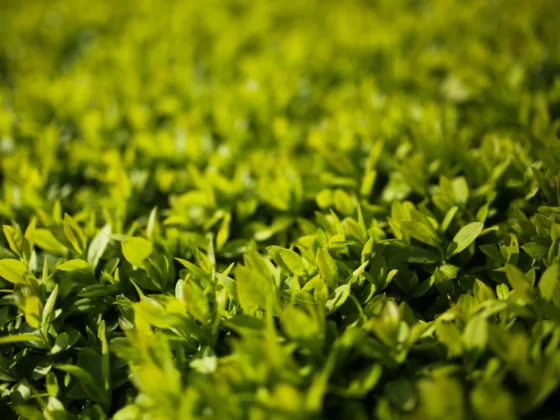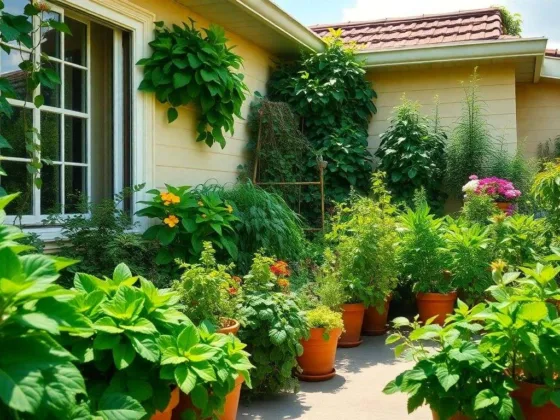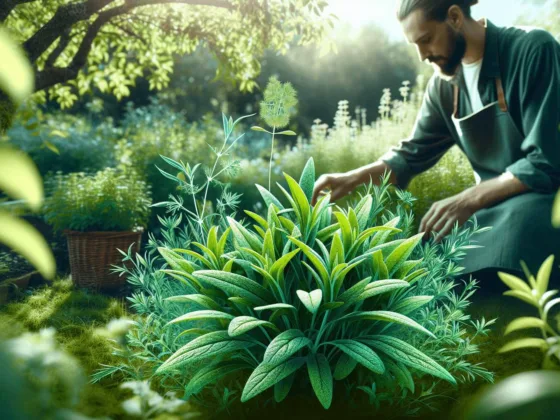Table of Contents Show
Protecting Plants From Frost, Storing Plants Outdoors During the Winter — Winter is a busy time for the average home gardener. Storing plants for winter outdoors is a task that takes time and preparation. If you fail to store your plants properly, you may run the risk of having nothing but a heap of dead plants in the spring that are doomed to become compost.
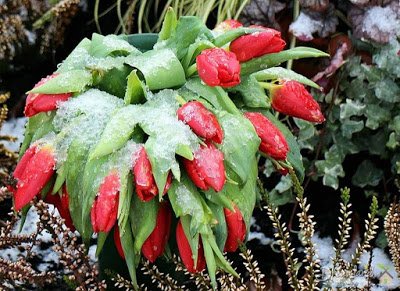
Protecting Plants From Frost
There are many options available for those storing plants for winter outdoors. From extravagant greenhouses to simple plastic coverings, one can find a method for winterizing garden plants that will fit both their needs and their budget. Depending on your specific circumstances, storing your plants for the winter can be easy or difficult, if you are limited on resources and space.
To Store or Not to Store
One of the first things you must consider before storing your plants for the winter, is what plants have the potential to survive outdoors, and what plants must be brought in. There are many plants that can easily make it through the winter months with proper preparation. However, there are some delicate plants that will succumb to extremely harsh, cold temperatures, unless they are stored in containers in greenhouses, that are of a professional grade.
Delicate houseplants and tropical plants are very difficult to successfully store outdoors in winter. Spider plants, philodendrons and other such greenery should be brought indoors if possible. The best way to determine if your plant has a chance at surviving the winter, even if protected from the elements, is to determine the plants ideal growth range on the USDA cold hardiness zone map and where your location sits on the map. If your plants do not thrive at the coldest temperature for your zone, it is best to try and bring them indoors, rather than storing them outside for the winter.
Read Also:
Structures that Protect Plants from the Cold
There are a number of different structures that can be used to store plants outdoors for the winter. Greenhouses are an ideal choice for over-wintering plants; however, these structures can often be expensive. Additionally, greenhouses can take a significant amount of space, making them a poor choice for those with small yards.
If you prefer a greenhouse as a winter storage option, you may want to consider small, plastic, portable greenhouses for plant storage, which are less cumbersome and expensive than their larger counterparts.
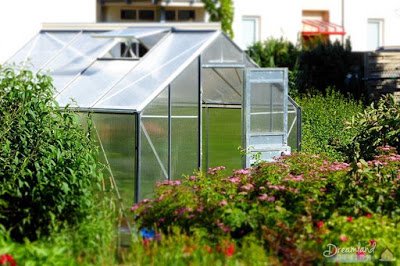
Cold frames or hot-boxes can also be used to store plants for the winter. These easy-to-build structures act as a mini-greenhouse, and can be made from scrap wood and glass, to provide a box that will keep plants protected from the elements. You may also consider storing your potted plants in a garage, or outdoor storage shed.
For plants that are not in containers and therefore not easily mobile, you will need to craft a protective covering. This will protect the plants from frost, snow and ice, whilst the plant is kept insulated. Thick durable plastic, or insulated gardening blankets, can be wrapped around the plant for protection. As a last resort, you can cover your plant with a standard fabric blanket to help keep it warm and insulated.
Additional Plant Protection Tips
Prior to the onset of winter, there are some steps you can take to ensure that your plants make it through the cold weather. Fertilize your plants regularly during the fall, to allow the plants ample time to build up food stores. Apply a thick layer of mulch to the base of the plant, to help the root ball retain heat and moisture throughout the winter. You can even mulch potted plants, and wrap plant containers in an insulated blanket, to help protect the root ball and keep it warm.
Remember to check your plants frequently during the winter, to ensure they are not getting damaged. If you notice a plant suffering from frost damage, bring it indoors immediately, or provide additional protection to try and help the plant survive. With proper care, storing plants for winter outdoors can be a great success, and you will find yourself with beautiful plants the following spring.
References
- Burpee Garden Cyclopedia: A Concise, Up-to-Date Reference for Gardeners as all Levels; Maureen Heffernan, Chela Kleiber.
- The United States National Arboretum www.usna.usda.gov

